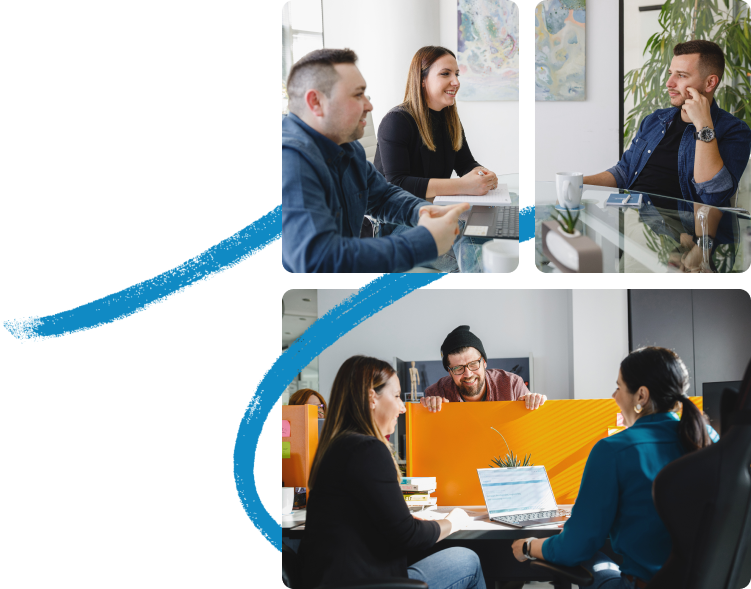About Us
Intelligent software solutions tailored for modern business.
Your business is unique. At HASELT, we champion your distinctiveness,
combining technology with strategy for unparalleled success.

Not sure which service aligns
with your goals?
Let us guide you to the best fit with our tailored tool, or explore our
services at a glance to find what aligns with your vision.
Industry-specific expertise
We work across many industries
And a whole lot more...
- Financial Services
- Insurance
- Public Sector
- Government
- Ad Servers
- Advertising
- Travel & Tourism
- Don't see it? Ask Us

We have experience serving clients in a variety of industries, including healthcare, cloud access control, finance, public sector and more.
Our team of experts understands the unique challenges and opportunities that each industry faces, and we have successfully completed projects that have helped our clients improve patient care, increase revenue, and optimize operations.
How we collaborate
Engagement Models
Business Consulting &
Technology Advisory
Elevate your capabilities with our
comprehensive consultancy expertise.
-
Expert Business & Technical Guidance
-
Holistic Problem-Solving Perspective
-
Solution-Oriented
Digital
Partner
We bring strategy, technology, and domain
expertise to drive transformation.
-
Full-Spectrum Digital Transformation
-
Continuous Innovation & Support
-
Partnership for Growth
Project-Based
Collaboration
Deliver your projects with precision, on time
and within budget.
-
Clear Objectives & Deliverables
-
Access to Specialized Expertise
-
Access to Specialized Expertise
Extend Delivery Capacity
& Team Augmentation
Seamlessly integrate our experts
into your teams.
-
Scalability & Flexibility
-
Diverse Engineering Mix
-
Optimized Output
Why clients trust HASELT
When it comes to making business choices, the “why” is
equally as important as the “how”. See why you should choose
our team to help you perfect your ideas.

- /01
Expert Guidance for Your Journey
We simplify the complex world of digital transformation,
offering insights that turn your big idea into a tangible
success. - /02
Agile Collaboration,
Transparent OutcomesYou're always in the loop with us. Our agile
methodologies make sure flexibility and transparency
guide the project from day one. - /03
Strategic Partners in Your
Digital JourneyWe offer more than technical skills; we're your partners
in strategy, committed to understanding you and your
business. - /04
Passion-Fueled Results
Your success is our success; we infuse every project
with passion and expertise toensure it doesn't just
launch—it excels.


Our collaboration with HASELT has been exceptional.
They stood by us throughout, from software development to its successful commercial launch.
Their effective communication, patience, and proactive approach ensured a seamless process. We greatly value their ongoing support and look forward to continuing our partnership daily.
Learn how we helped THRIVITY empower their clients in effortlessly discovering numerous qualified candidates.
We'd love to hear about you and your
business challenges
Even if you’re not sure what your next step is.






